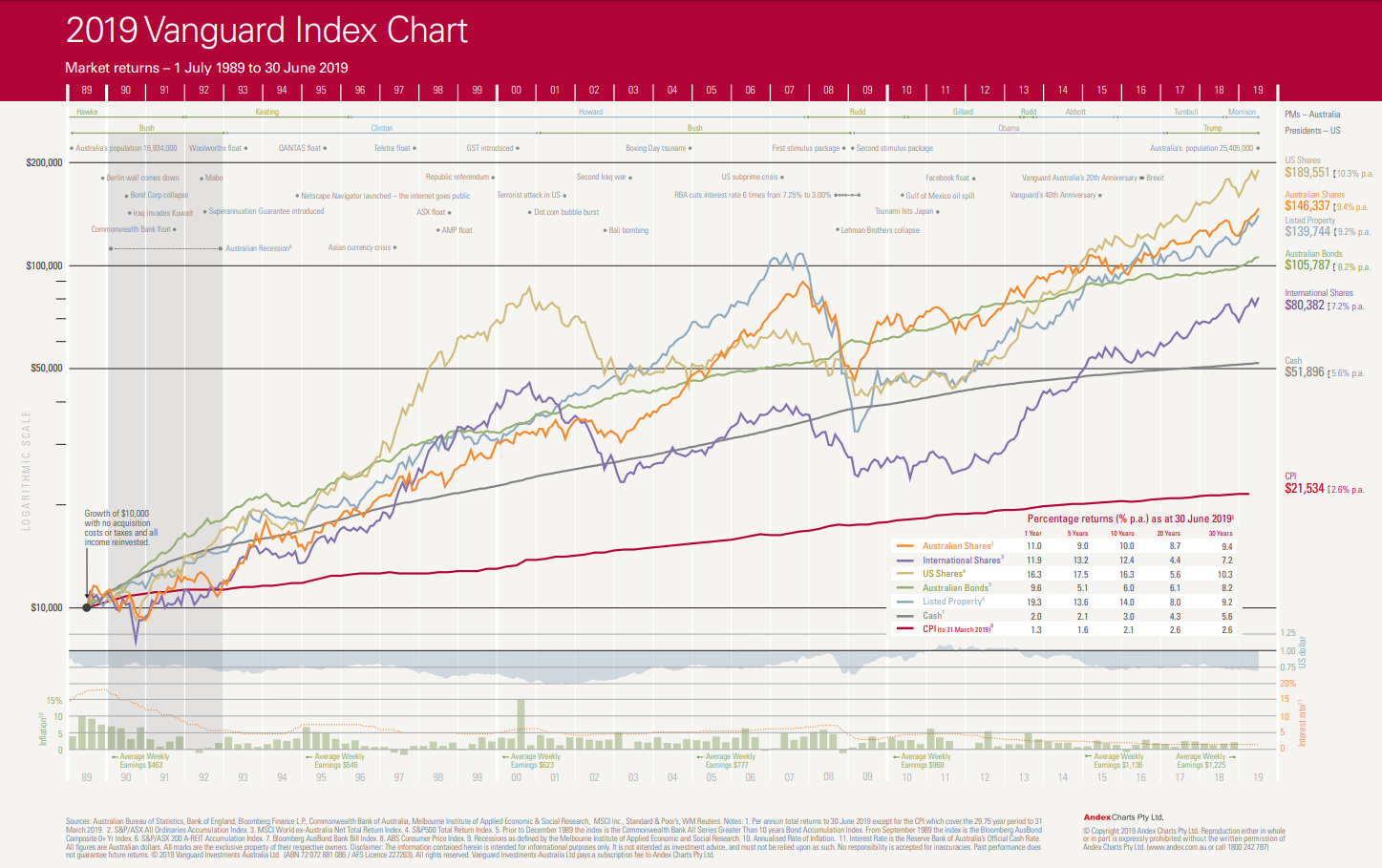When it comes to investing in the share market, there are two main approaches one can take to building their portfolio. An active strategy aims to compile and actively manage a portfolio with the intention to outperform the market compared to a specific benchmark. On the other hand, a passive portfolio management approach aims to correlate to the investment holdings of a specific index.
Investors who prefer an active management approach ordinarily use a fund manager or stock broker to trade stocks in an attempt to outperform a specific index, for example the S&P/ASX200. An actively managed fund is more expensive to operate because it demands more work from a fund manager to research, forecast and continually maintain the portfolio. Generally, an active portfolio manager will take on additional risk in order to beat the market and obtain abnormal returns.
Passive management, also known as index fund management, aims to track the returns of a particular market index or benchmark as closely as possible. A passive strategy does not require a management team and can be structured as an exchange-traded fund (ETF), a mutual fund or a unit investment trust. As a passive investment strategy is not proactive in nature and incurs fewer trades, it generally will incur lower expense ratios and are more tax-efficient than actively managed funds.
Our Opinion?
As with all investments, our advice really depends on your risk appetite and strategy. Active management can be very expensive so may not be worth considering for low-value portfolios. Similarly, given the greater risk associated with active investing, it may not be worth considering when nearing retirement during which time you may prefer a more stable investment strategy. There is an abundance of passive investment options available for investors today allowing you to select specific industry or market segment indexes to match. The below chart provided by Vanguard is very detailed and demonstrates the performance of various investment sectors year on year since 1989. It is useful in demonstrating how, although both the Australian and US share markets were the most volatile investment options over the past 30 years, they also provided the greatest returns over the same period.






